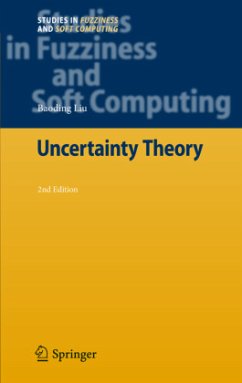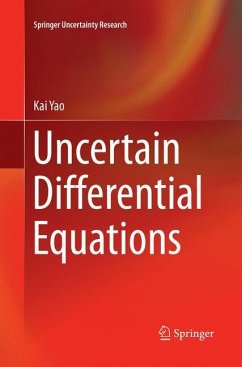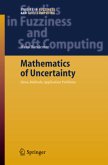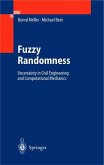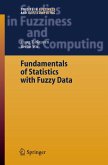It was generally believed that the study of probability theory was started by Pascal and Fermat in 1654 when they succeeded in deriving the exact probabilitiesforcertaingamblingproblem. Greatprogresswasachievedwhen VonMisesinitializedtheconceptofsamplespace, and?lledthegapebetween probability theory and measure theory in 1931. An axiomatic foundation of probabilitytheorywasgivenbyKolmogoro?inhisFoundationsofProbability Theory of 1933. Since then, probability theory has been developed steadily and has been widely applied in science and engineering. Probability theory will be introduced in Chapter 2. Fuzzy set was initiated by Zadeh via membership function in 1965, and was well developed and applied in a wide variety of real problems. In order to measure a fuzzy event, Zadeh proposed the concept of possibility measure in 1978. Although possibility measure has been widely used, it has no se- duality property. However, a self-dual measure is absolutely needed in both theory and practice. In order to de?ne a self-dual measure, Liu and Liu gave the concept of credibility measure in 2002. Credibility theory is a branch of mathematics that studies the behavior of fuzzy phenomena. An axiomatic foundation of credibility theory was given by Liu in his Uncertainty Theory of 2004. Chapter 3 will provide the credibility theory. Sometimes, fuzziness and randomness simultaneously appear in a system.

